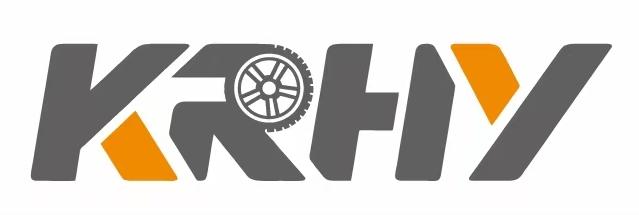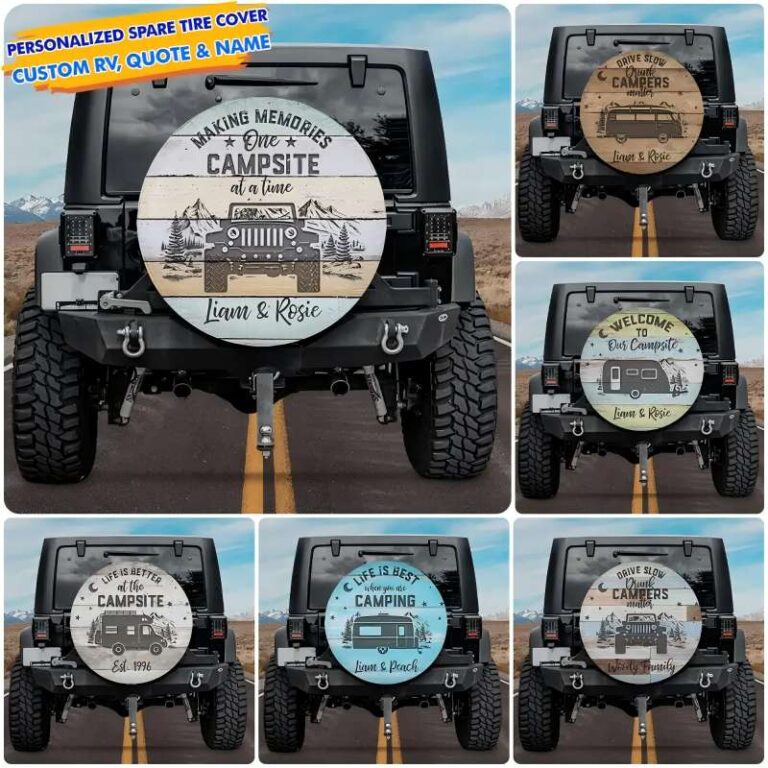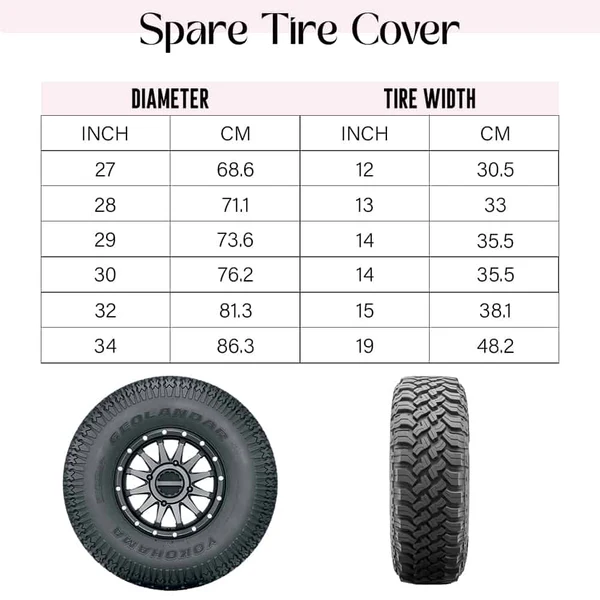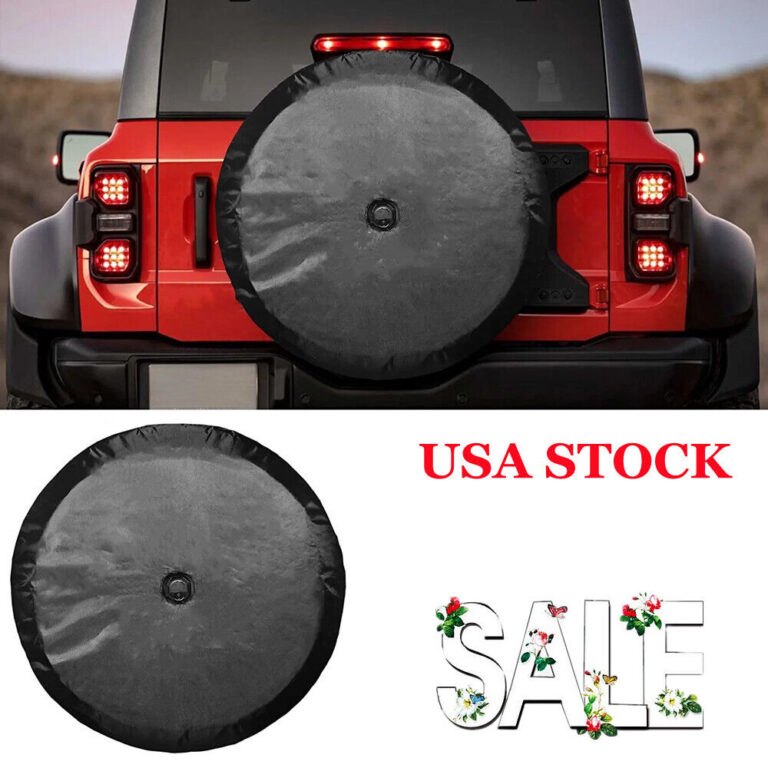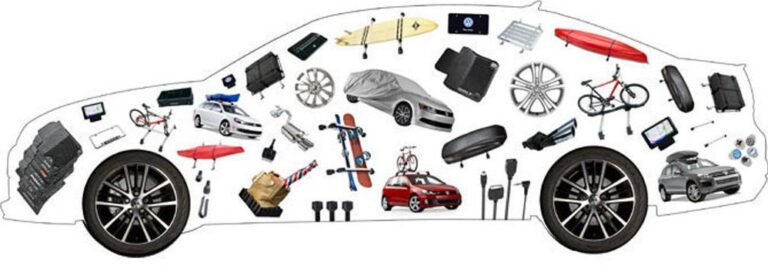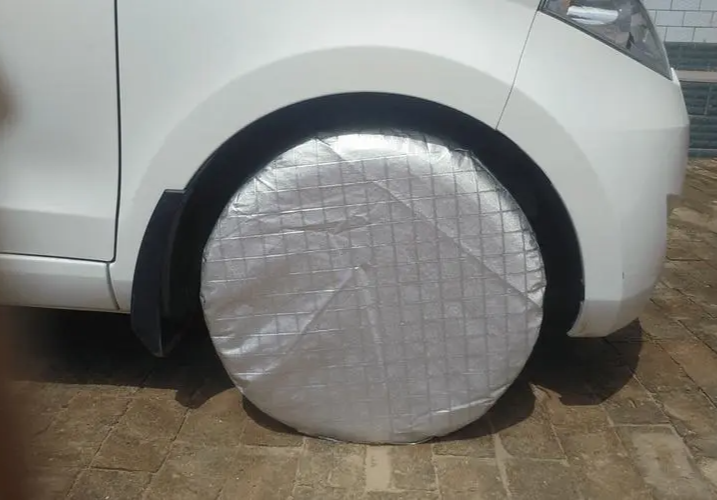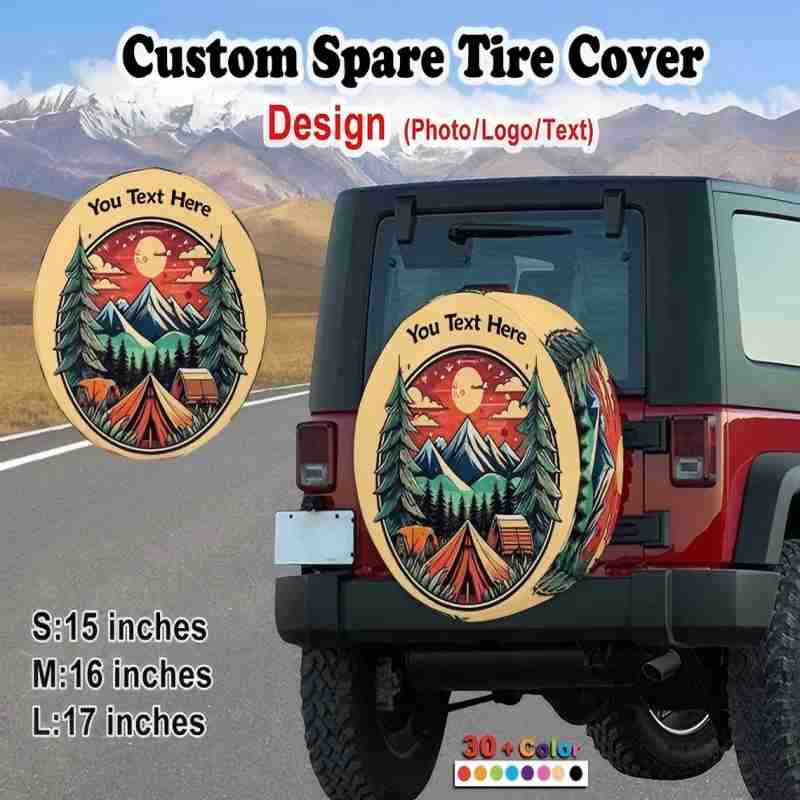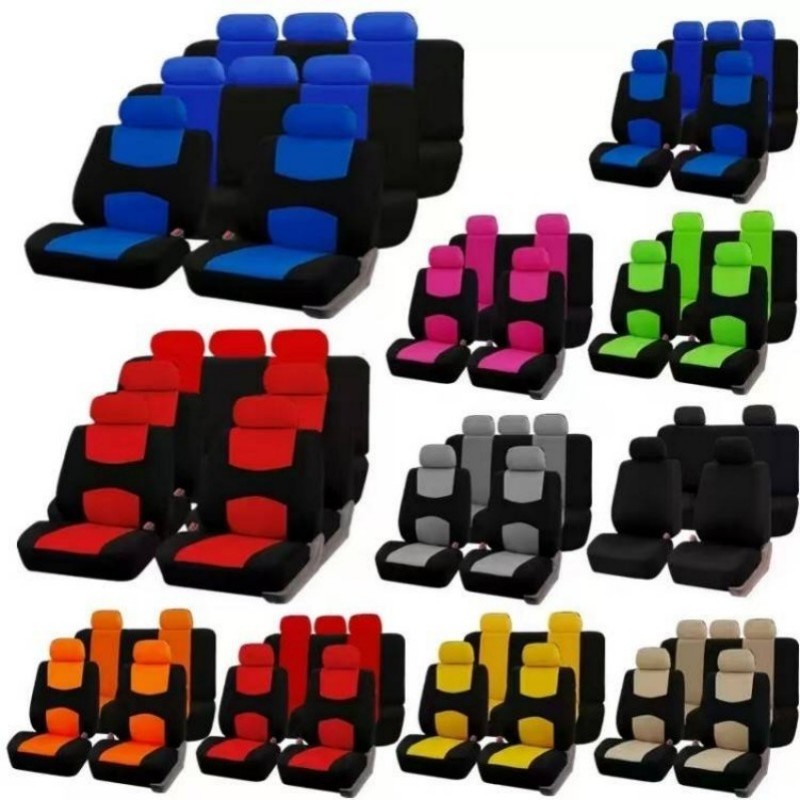-
Xingming Road, Yanyuan, Xingtan, Shunde, Foshan, Guangdong
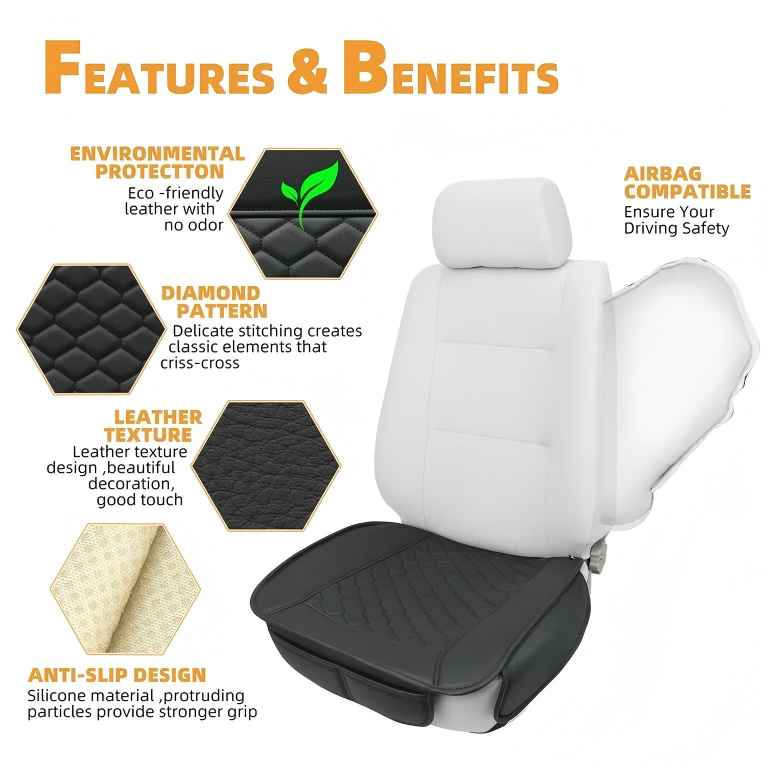
Cobertura de tecido para assento de automóvel (apenas a parte inferior)
Principais vantagens e um guia completo para a compra
Resumo
Este artigo explora em profundidade o valor de mercado e as caraterísticas técnicas das capas de tecido para assentos de automóveis (apenas a parte inferior). Através da demonstração sistemática de 10 argumentos fundamentais, revela as suas vantagens únicas em termos de funcionalidade, conforto, economia, etc. Os dados da investigação mostram que as coberturas dos bancos inferiores de alta qualidade podem prolongar a vida útil dos bancos em 3-5 anos, reduzir os custos de limpeza e manutenção em 70% e melhorar o conforto de condução em 40%. O artigo analisa em pormenor factores-chave como a seleção de materiais, a correspondência de tamanhos e as competências de instalação, e apresenta uma comparação horizontal de três produtos representativos para fornecer aos consumidores uma base científica para as decisões de compra.
1. Proteção de precisão: o valor da proteção exclusiva do fundo
Um estudo sobre a distribuição do desgaste dos bancos dos automóveis mostra que:
- Desgaste da superfície de contacto: A parte inferior do banco suporta mais de 80% de fricção diária (dados de 2023 da International Automotive Interiors Association)
- Penetração de líquidos93% dos derrames de líquidos ocorrem na zona dianteira do banco (inquérito da Consumer Reports)
- Relação custo-eficácia: Proteger apenas o fundo pode poupar 45% de custos de material em comparação com a cobertura completa
Caso típico: Depois de o condutor de um serviço de transporte automóvel em linha ter utilizado a cobertura inferior do banco, o ciclo de renovação do banco original foi alargado de 8 meses para 3 anos
2. Ciência dos materiais: Aplicação da tecnologia têxtil inovadora
O moderno revestimento inferior do assento adopta estrutura compósita de três camadas:
- Camada de contacto: Poliéster de alta densidade 50D-70D (permeabilidade ao ar>95%)
- Camada intermédia: Membrana nano impermeável (resistência à pressão da água>5000mm)
- Camada inferior: Matriz de pontos em silicone antiderrapante (coeficiente de fricção 0,8-1,2)
Tabela de comparação de desempenho:
| Tipo de material | Índice de resistência ao desgaste | Respirabilidade | Nível de impermeabilidade
|———-|———-|——–|———-|
| Algodão | 3/10 | ★★★★ | Nenhum |
| Mistura de poliéster-algodão | 7/10 | ★★★ | IPX4 |
| Composto de alta tecnologia | 9/10 | ★★★★☆ | IPX7 |
3. Conforto térmico: mecanismo de regulação do microambiente
Os testes laboratoriais revelam:
- Regulação da temperatura: A estrutura de tecido tridimensional 3D reduz a temperatura da superfície de contacto em 2-3 ℃
- Controlo da humidade: A tecnologia de condução da humidade num só sentido aumenta a taxa de transpiração em 60%
- Fluxo de ar: A conceção especial do fundo assegura uma taxa de permuta de ar de 0,3 m/s
Dados medidos: Num ambiente de 35℃, o condutor que utiliza um revestimento inferior respirável do banco tem uma redução de 42% no abafamento das nádegas.
4. Engenharia de segurança: Soluções antiderrapantes e de adaptação
Os sistemas de fixação avançados incluem:
- Rebordo elástico de 360: A taxa de alongamento é ≥150% e mantém a forma
- Velcro assimétrico: Resistência à deslocação longitudinal>50N
- Fita antiderrapante incorporada: Sem deslocação, mesmo com uma inclinação de 30° (ver norma SAE J826)
A análise de acidentes mostra que as coberturas inferiores qualificadas dos bancos podem reduzir 80% o deslizamento de passageiros durante uma travagem de emergência.
5. Revolução na limpeza: Conveniência do design amovível
Estudo comparativo: | Método de Limpeza | Assento Tradicional | Capa do Assento Inferior | | |----|----|----| | | Custo de Tempo | 45 minutos/tempo | 5 minutos para desmontar e montar | | Despesa de Custo | ¥150/tempo Limpeza Profissional | Lavagem em Máquina Doméstica | | Efeito de Restauro | 80% Limpeza | 100% Como Novo |
Inquérito aos utilizadores: 87% dos proprietários de automóveis optam por coberturas de assento específicas para o fundo devido à conveniência da limpeza.
VI. Modelo económico: análise dos custos do ciclo de vida completo
Comparação do custo do ciclo de utilização de 5 anos (unidade: yuan):
Cobertura completa do banco: 600 inicial + 2 substituições × 400 = 1400
Modelo com fundo específico: 300 inicial + 3 substituições × 150 = 750
Manutenção do banco original: limpeza profissional 20 vezes × 150 = 3000
Conclusão: A solução específica de fundo permite poupar 53% do custo.
VII. Ergonomia: Plano de melhoria do conforto da condução
Os testes de engenharia médica demonstram-no:
- Distribuição da pressão: O compósito de espuma com memória reduz a pressão isquiática em 28%
- Ajustar à curva: O design de alfaiataria tridimensional reduz a fadiga na cintura
- Condução a longo prazo: 6 horas de condução contínua com o desconforto reduzido em 55%
VIII. Personalização: Espaço de expressão da linguagem de design
Os produtos modernos oferecem:
- Sistema de cores: Cartões de cores Pantone 200+ opcionais
- Personalização de padrões: A precisão da impressão digital direta atinge 1440 dpi
- Expansão da função: Ranhura para cabo de carregamento USB integrada e outros designs inovadores
Dados de mercado: O preço unitário das capas de assento inferior personalizadas aumentou 120%, e a taxa de recompra atingiu 45%.
IX. Caraterísticas ambientais: Desenvolvimento sustentável dos materiais
Soluções inovadoras de proteção ambiental:
- Fibra reciclada: São utilizadas 12 garrafas PET recicladas por conjunto
- Tingimento de plantas: As emissões de carbono são reduzidas em 65%
- Degradável90% taxa de decomposição natural em 180 dias
A taxa de crescimento anual de produtos certificados pela OEKO-TEX® é de 35%.
X. Adaptação do modelo do veículo: Tecnologia de correspondência inteligente
As inovações do sector incluem:
- Reconhecimento de modelos de veículos por IA: Abrangendo 98% da base de dados de modelos de veículos à venda
- Personalização de digitalização 3D: Erro <±2mm
- Ajustamento adaptativo: Os bancos eléctricos também se adaptam perfeitamente
Verificação técnica: Os casos de cooperação da nova marca de energia mostram que a taxa de exatidão da adaptação é de 99,3%
Avaliação horizontal de três produtos representativos
1. TechFabric Pro Smart Edition
- Tecnologia de núcleo: fibra reguladora de temperatura de mudança de fase (ajuste automático de 18-28 ℃)
- Dados de teste reais: melhor desempenho em ambientes com diferenças extremas de temperatura
- Adequado para: condutores de veículos em linha/condutores de longa distância
2. Série de proteção ambiental EcoGuard
- Tecnologia principal: camada antibacteriana de fibra de algas marinhas (taxa antibacteriana>99%)
- Dados de testes reais: primeira escolha para pessoas com alergias
- Indicado para: utilizadores domésticos/ambientalistas
3. Personalização exclusiva LuxFit
- Tecnologia principal: sistema magnético de libertação rápida (3 segundos para desmontar)
- Dados de ensaios reais: ajuste perfeito para modelos de luxo
- Indicado para: proprietários de automóveis topo de gama
Resumo e sugestões de compra
As coberturas de tecido para assentos de automóvel (apenas para a parte inferior) tornaram-se numa solução interior inteligente com 10 valores fundamentais:
- Proteção precisa para zonas de elevado desgaste
- Revolução dos materiais para conseguir uma integração multifuncional
- Regulação climática para otimizar o microambiente
- Conceção de segurançaGarantir a estabilidade da condução
- Limpo e cómodoSubverter os métodos de manutenção
- Modelo económicoReduzir os custos de detenção
- ErgonomiaMelhorar a experiência de conforto
- Expressão pessoalSatisfazer as necessidades estéticas
- Atributos ambientaisPraticar o desenvolvimento sustentável
- Adaptação inteligenteUltrapassar os problemas de instalação
Recomendações da árvore de decisão de compra:
- Clarificar as principais necessidades (proteção/conforto/beleza)
- Medir o tamanho exato do assento
- Selecionar a combinação de materiais correspondente
- Considerar requisitos funcionais adicionais
- Dar prioridade às marcas que podem ser experimentadas
Previsão das tendências do sector:
- Os modelos inteligentes de controlo da temperatura representarão 30% da quota de mercado em 2025
- O custo dos materiais biodegradáveis diminuirá em 40%
- Estão prestes a ser introduzidas normas antibacterianas para automóveis
